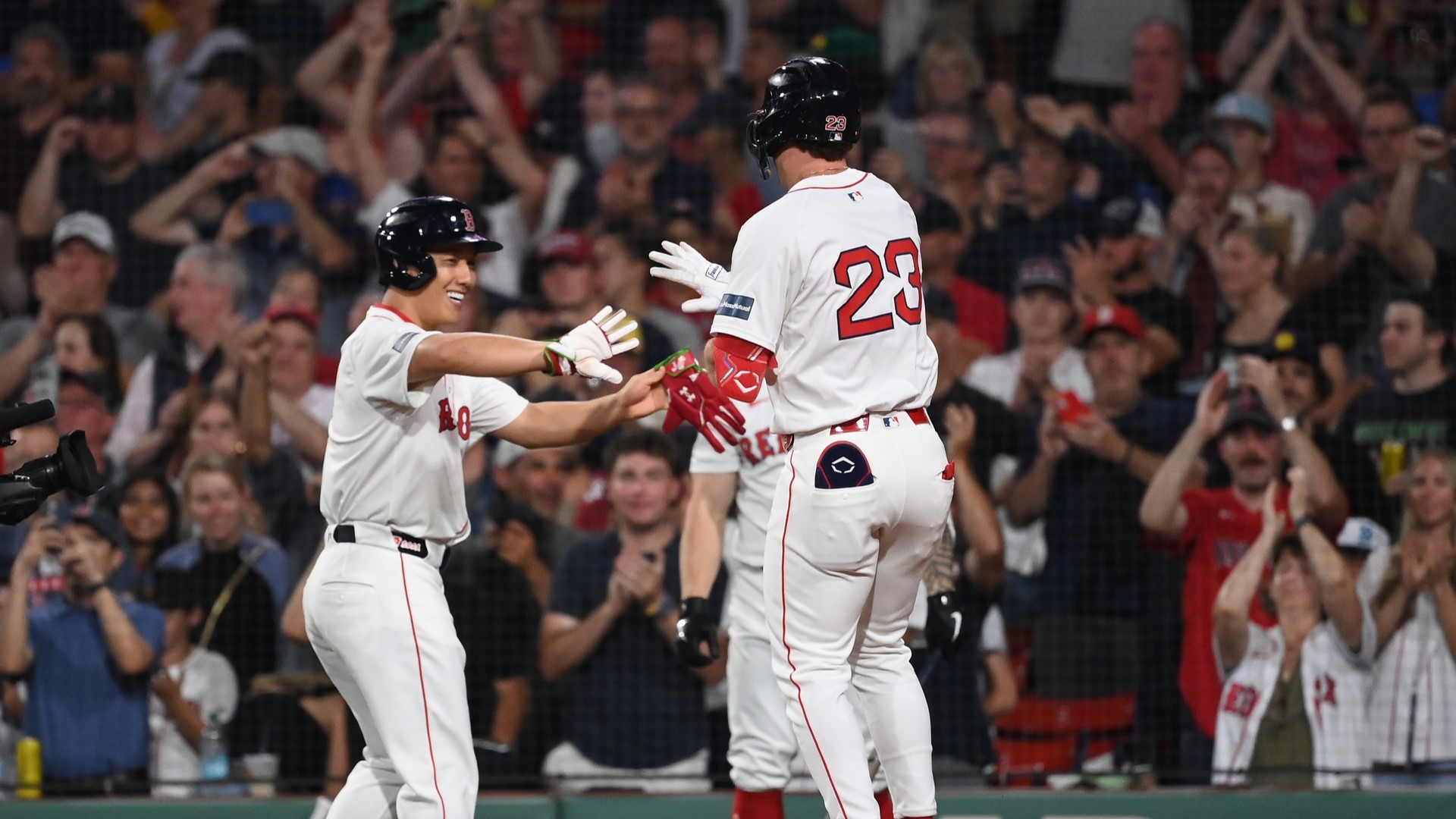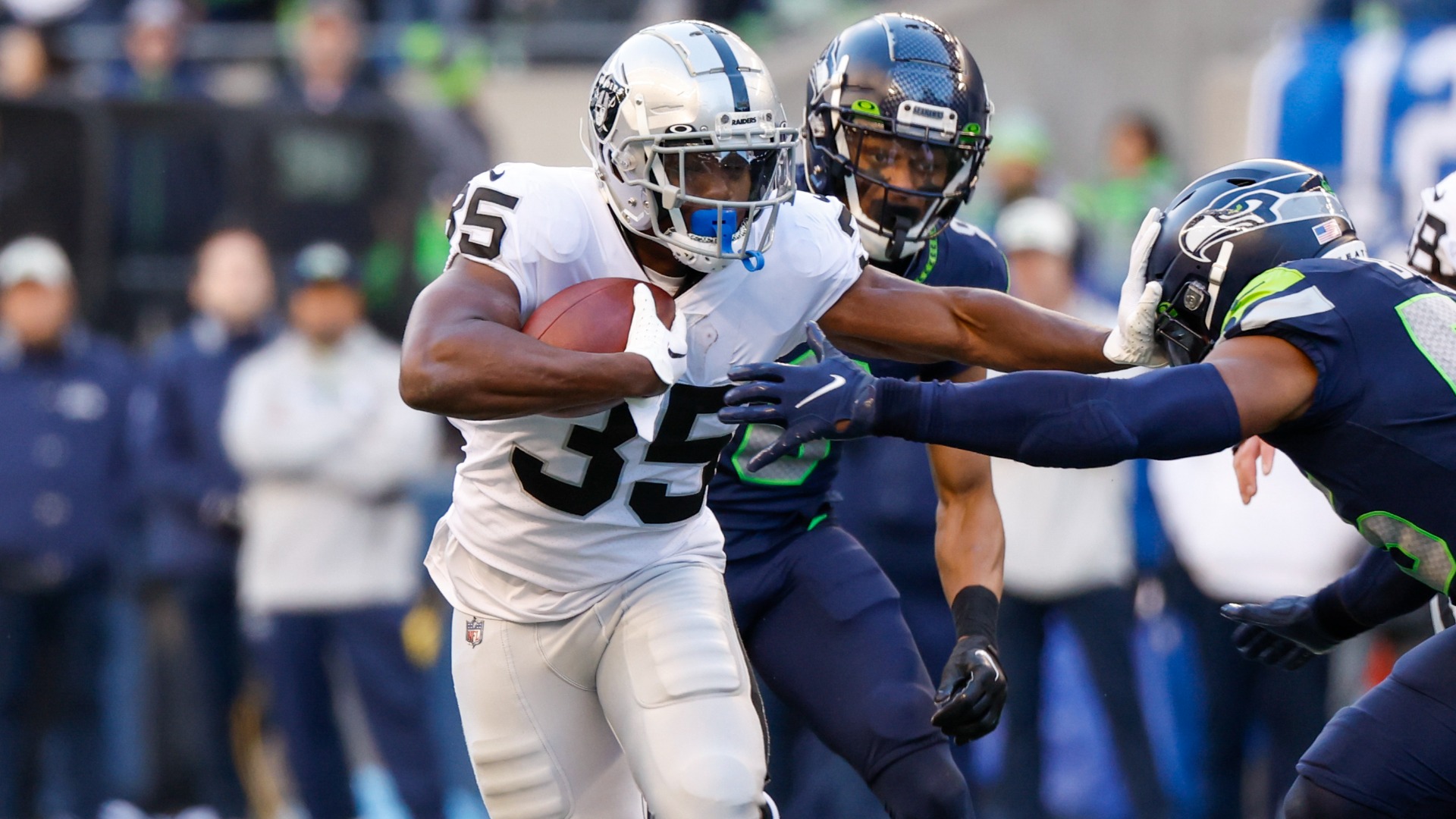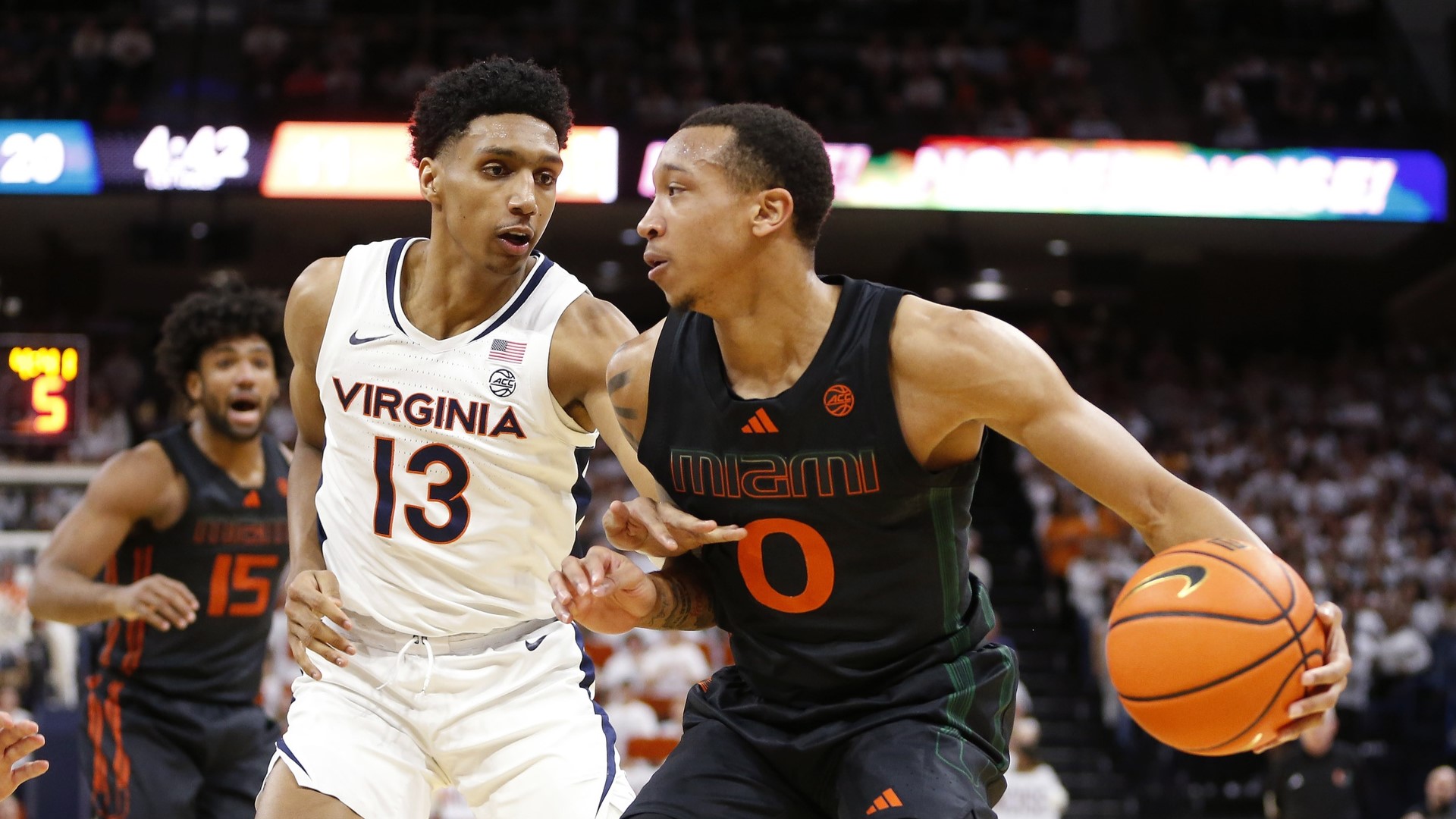With 14 seconds remaining in Duval, the Jacksonville Jaguars were an extra point away from producing the first tie in their back-and-forth contest (seven lead changes) with the Baltimore Ravens. Eschewing the nearly automatic PAT, the Jags went for two. They went for the win.
Quarterback Trevor Lawrence connected with Zay Jones on the game-winning two-point conversion to put Jacksonville ahead 29-28.
“What have we got to lose?” Jacksonville’s Doug Pederson said of the decision to go for two. “This is something I told the staff during the that last five or six minutes: ‘We’ve got to think players, not plays, and trust our guys.”’
The Super Bowl-winning coach said he trusted his players who wanted to go for two but also added, “We talked about it as a staff even before the drive, and I had my mind made up I wanted to go for two.”
For as long as I can remember, the players, especially on offense, have always wanted to go for the win in these scenarios. The difference now is head coaches are buying into the strategy.
A few hours later, across the country in Glendale, the Los Angeles Chargers faced a similar position as they pulled within a point of the Arizona Cardinals with 15 seconds remaining in their seesaw battle. Like Pederson, LA’s Brandon Staley had a decision to make.
Unlike Pederson, the in-the-hunt Chargers, competing for their postseason lives in the AFC, had a lot to lose in Arizona if they made the wrong call. Staley is well known for leaning on analytics in decision-making time.
On this Sunday, a two-point pass from Justin Herbert to Gerald Everett made the maligned Staley a genius, even if for just a brief moment.
This was a pretty monumental point in time in NFL history.
It was the first time since the NFL implemented the two-point conversion in 1994 that two teams won with a two-point conversion in the final two minutes of regulation in the same week. They also became the third and fourth teams to win with a two-point conversion in the last 15 seconds.
Were the decisions to go for two analytically based?
As I mentioned above, players always want to go for the win. It’s coaches who were resistant. Coaches often played it “safe.” In this case, the analytics say either decision (kick the PAT or go for two) was sound.
Going for two in this late-game scenario is no longer considered a risk. This means coaches need not be afraid they will expose themselves to blame as the cause of their team’s defeat following a failed two-point conversion.
With more close games than ever–a record 79 games have been decided by six points or less through 12 weeks–expect the impact of analytics to grow. And that’s not a bad thing.
In today’s SportsGrid Daily, senior writer Grant White delivers his top NFL parlays for Week 13. From football to fútbol, Mr. Insights Zack Cook looks into the World Cup odds heading into the third leg of the group stage in Qatar.
Our lead college basketball analyst Dave Connelly is back with more Big East breakdowns and quotes from his trip to media day. Staying on the hardwood, What I’m Watching Tonight is the Warriors at Mavericks, Steph vs. Luka, previewed by Ben DiGiacomo.



